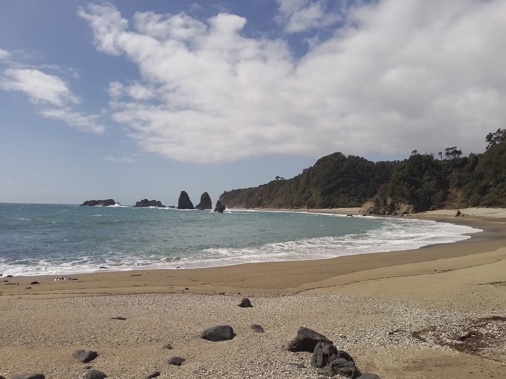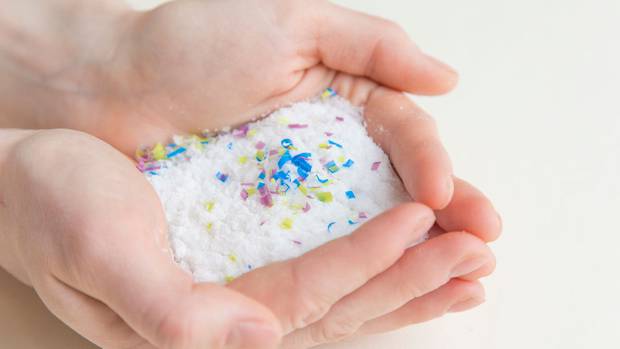
Auckland may not be the only city wrestling with microplastic pollution at its beaches as a nanotechnologist has suggested other beaches across the country are likely to have rates that are just as high.
Tāmaki Makaurau's popular beaches have been revealed to be polluted with microplastics at rates at least 50 times worse than reported elsewhere on the country's coasts.
Typically invisible to the naked eye and made up of everything from microbeads and nurdles to clothing fibres and broken-down bottles, microplastics are a macro problem.
New Zealand-based nanotechnologist and science educator Dr Michelle Dickinson says such heavy traces of microplastics have been identified because researchers have changed how they find pollution.
"It's an interesting study because we've found way more because we found a new technique to analyse them," Dickinson told Summer Breakfast.
”The technique used in this study is called LVIR laser tag imaging and I'm pretty sure if these researchers went to other beaches, they would find potentially 50 times more too. But we know Auckland is a busy city and there's lots of plastic pollution in a high population and it would have higher levels."

Dickinson explained the size of microplastics meant they usually have a very high surface area-to-volume ratio and because they are also very sticky, they absorb a lot of harmful chemicals such as heavy metals like lead and zinc.
The chemicals they're known to carry can be disruptive, they can disrupt a person's hormonal system, how somebody grows and how young people might develop.
"All not great things,” she said.
Dickinson was asked if it was safe to swim at beaches where microplastic might be prevalent in the water.
The educator noted that microplastics had been in the ocean for a long time - and while a person wouldn't be ingesting much water while in the water, the pollution was reaching our bodies another way.
”A lot of our marine life is eating the microplastics in our water and we're eating the marine life," she said.
"We know a lot of the fish we catch contains microplastics and it ends up in our muscles, so we're inadvertently eating it through basically eating fish and sea life."
In the under-pressure Hauraki Gulf, studies have detected microplastics in the guts and muscle tissue of several species of caught fish – and it was recently estimated resident whales were consuming around three million particles each day.
But Dickinson said it wasn't worth raising too much concern over.
"I wouldn't stress about it, but we do need to be aware it's found in the atmosphere, it's now been found in clouds, we're breathing it in, we really can't get away from these microplastics and they're here because of our addiction to plastics."
The study noted a significant reduction in polyethylene, used in plastic bags.
"Single-use plastic bags were banned and the number of polyethylene microplastic particles found in Auckland have significantly decreased," said Dickinson.
"What that shows us is, if we make changes about how we use plastics and the types of plastics we use, and how much we use, we can reduce the number we are finding. So the studies are really positive and show some ways out, but it's negative in the sense they're everywhere."
Take your Radio, Podcasts and Music with you









